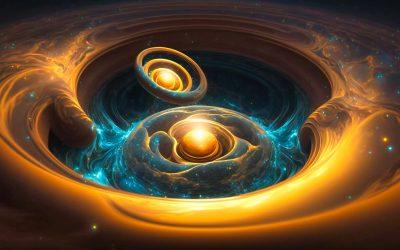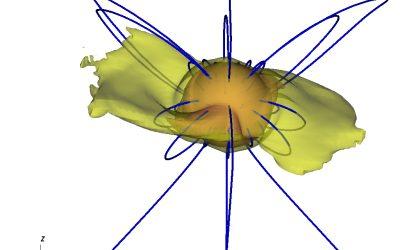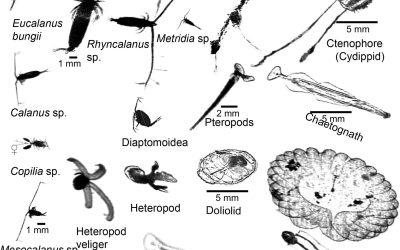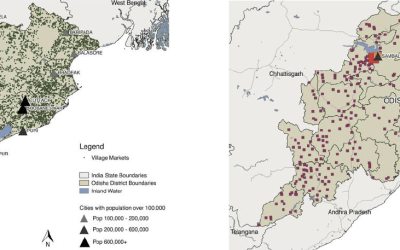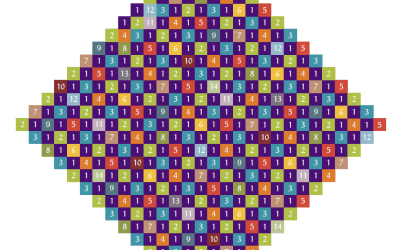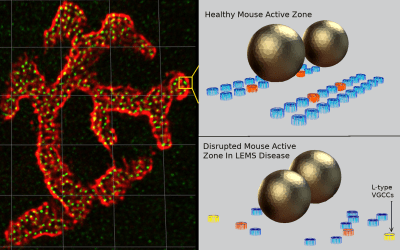Science Highlights
Research conducted and supported by PSC computational resources, educational programs, and staff expertise
OpenSoundscape Uses AI, Other Tools to Identify Wildlife Species from Audio Recordings in the Wild
Pitt Team Uses Bridges-2 to Build Automated, Open-Source Toolbox, Enabling Conservation Scientists to Survey Much Larger Regions with Limited Staffing
Neutron-Star Smash Up Sims Offer Window on Atomic Structure
Bridges-2 Simulations Show Specific Heat Effect that, with New Telescopes, Will Give Clues on Condensed Matter, Atomic Nuclei
CMU Group Outs Printer of Embarrassing Typographic Error
Infamous Typo in Shakespeare Folio Sheds Light on His Growing Status, Reduction in Status of Printing Profession in 17th-Century England
Bridges-2 Simulations Offer Sources of Unstable, Active Magnetic Fields in Stars
Mismatch of Magnetosphere and Axis of Rotation Offers Insight into Solar Winds and Disruptive Flares
Oregon State Scientists Use Bridges-2 to Survey Plankton Populations
Vital Base of Ocean Food Web Can Now Be Studied in Bulk Using AI
IceCube Observatory Creates First Map of Milky Way Without Using Electromagnetic Waves
Simulations on PSC’s Bridges-2 System Help Identify Signals in Huge Antarctic Ice Sheet Neutrino Detector
Increasing Vegetable Crops Won’t Ease Hunger if Supply Chains Don’t Keep Pace
Pilot Use of HERMES Supply-Chain Software Reveals Need to Analyze Food Delivery Networks
And the Number of the Counting Shall Be 15
CMU Team Uses Bridges-2 to Solve a 21-Year-Old Coloring Problem in Mapping
Simulations Suggest that Muscle Disease Cause Is Complex, May Need Multiple Treatments
Bridges-2 Sims of Lambert-Eaton Myasthenic Syndrome Identify Multiple Factors that May Need to Be Addressed
Harvard Team Uses Bridges-2 to Build AI Cancer Diagnosis Tool
Initial work with PSC system pilots AI that went on to predict colorectal cancer genetic status that would otherwise require lengthy lab testing


